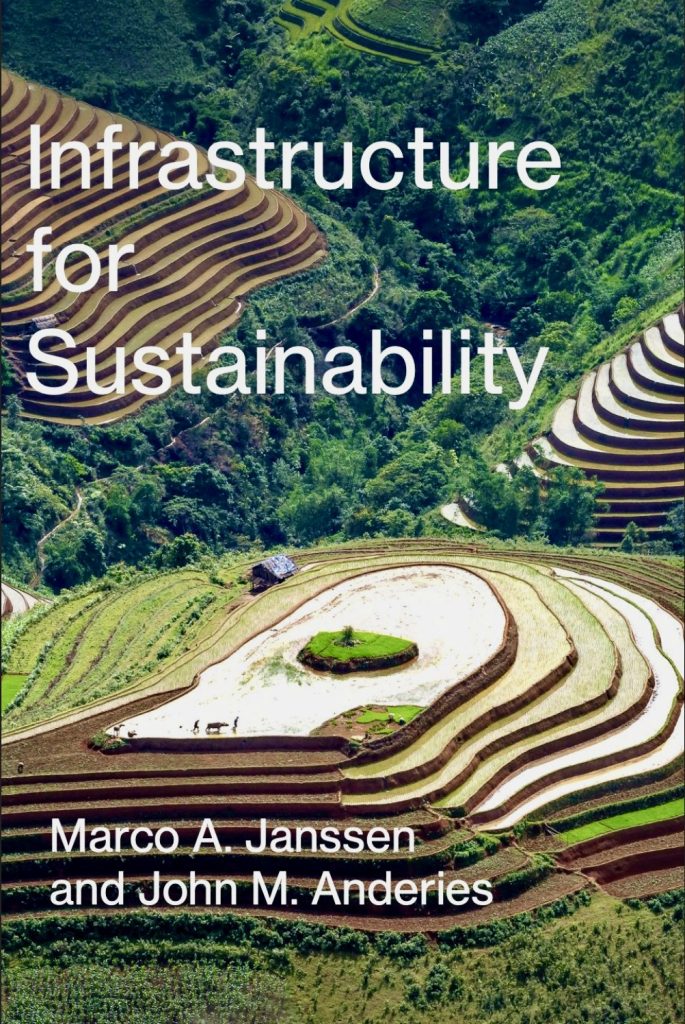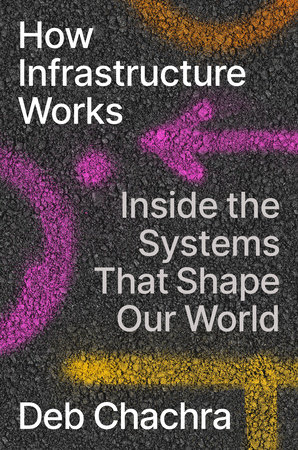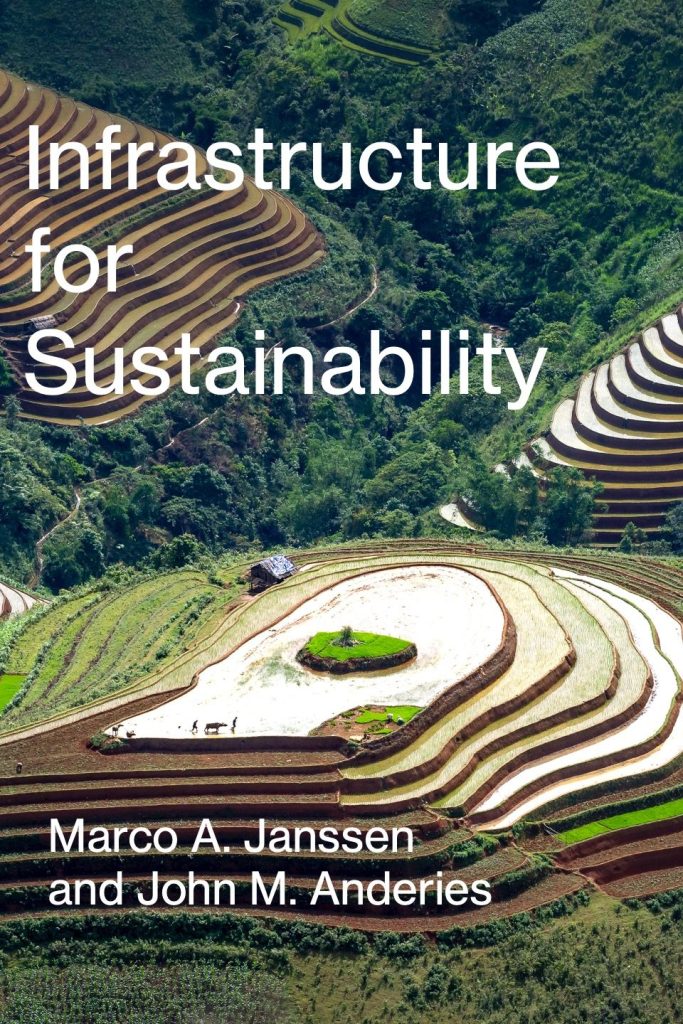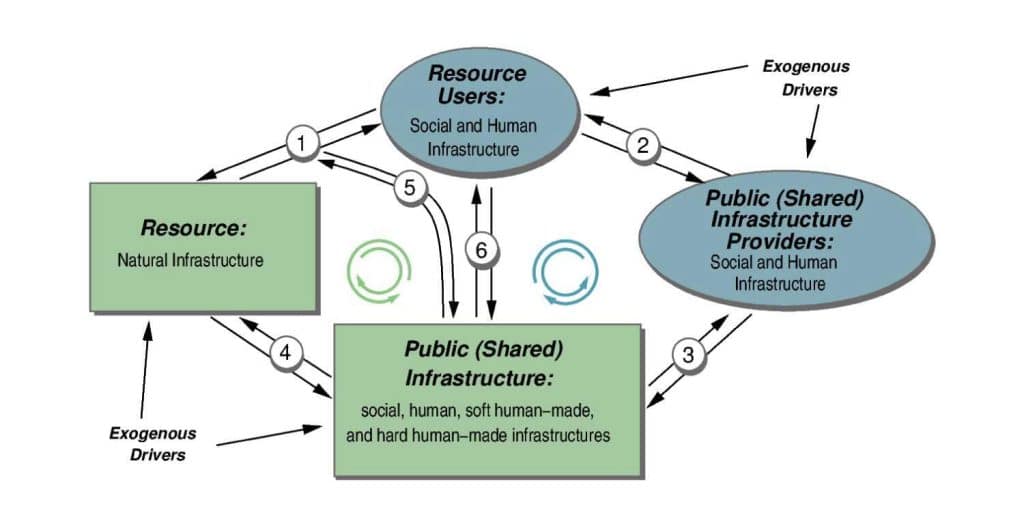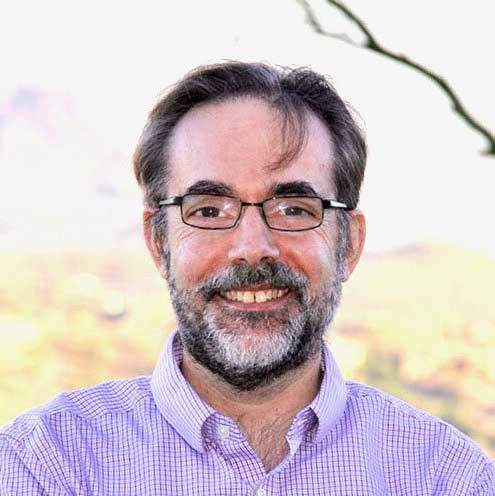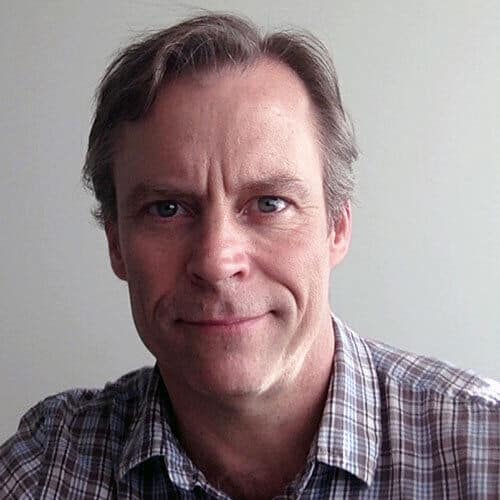Industrially Processed Edible Stuff
Ultra-Processed People by Chris van Tulleken is a fascinating book discussing how the food industry creates edible stuff we get addicted to, leading to various implications for human and planetary health. If we had the choice, we would likely prefer to eat food that is produced with minimally processed (e.g. ...
